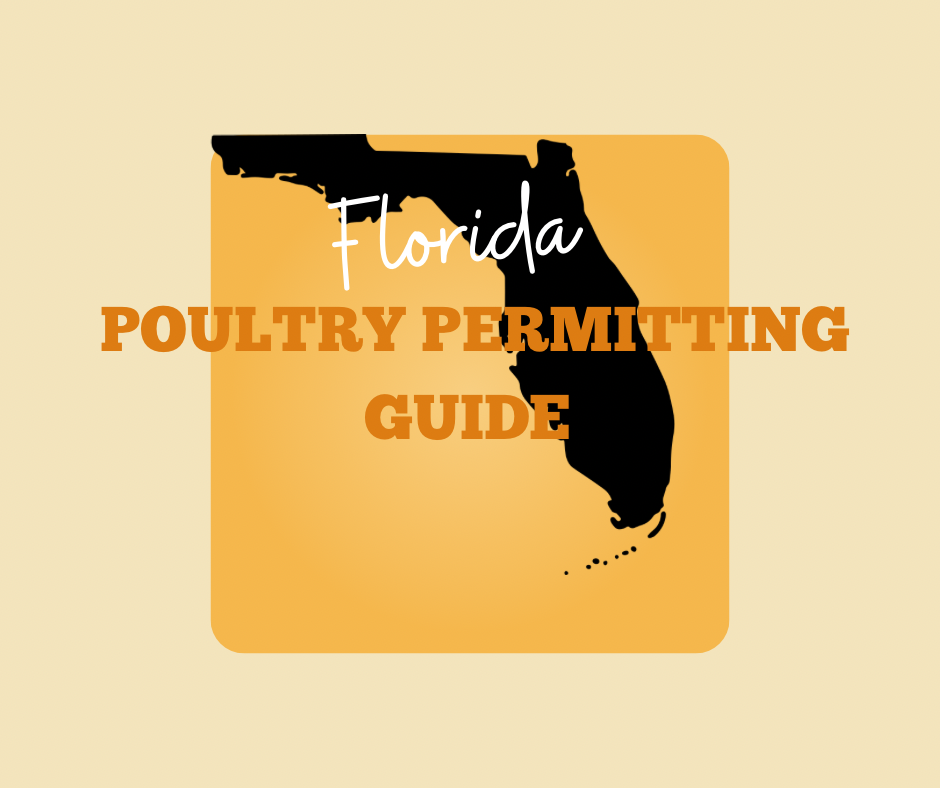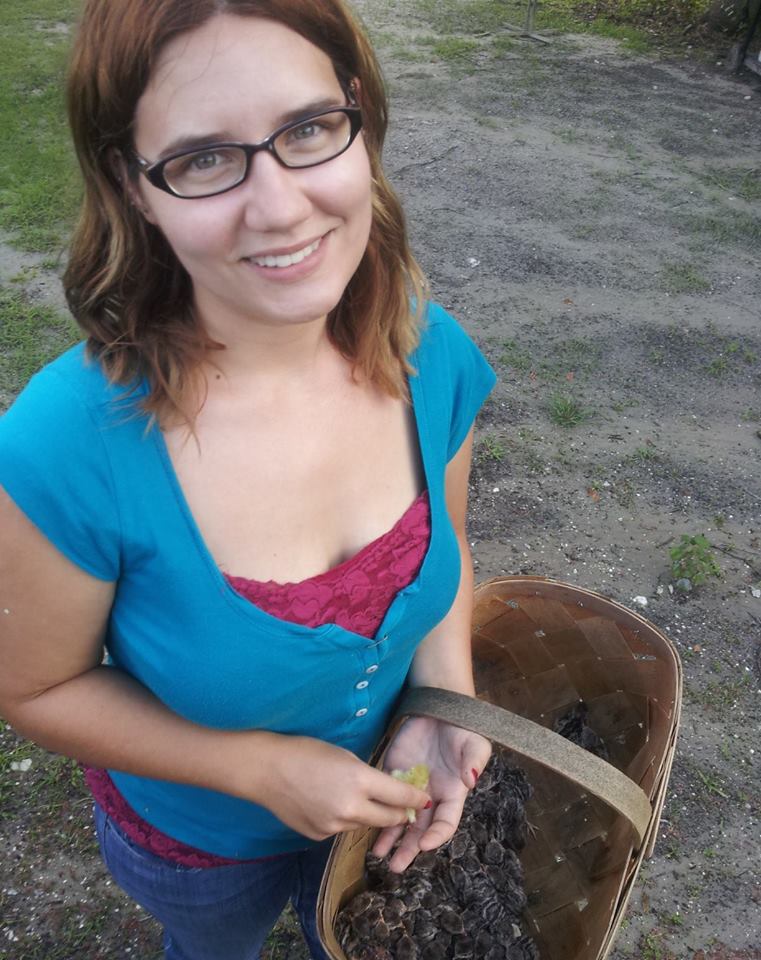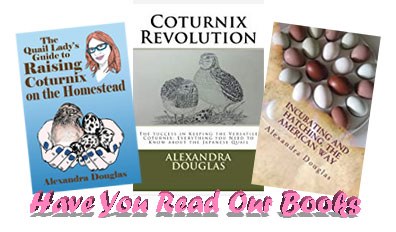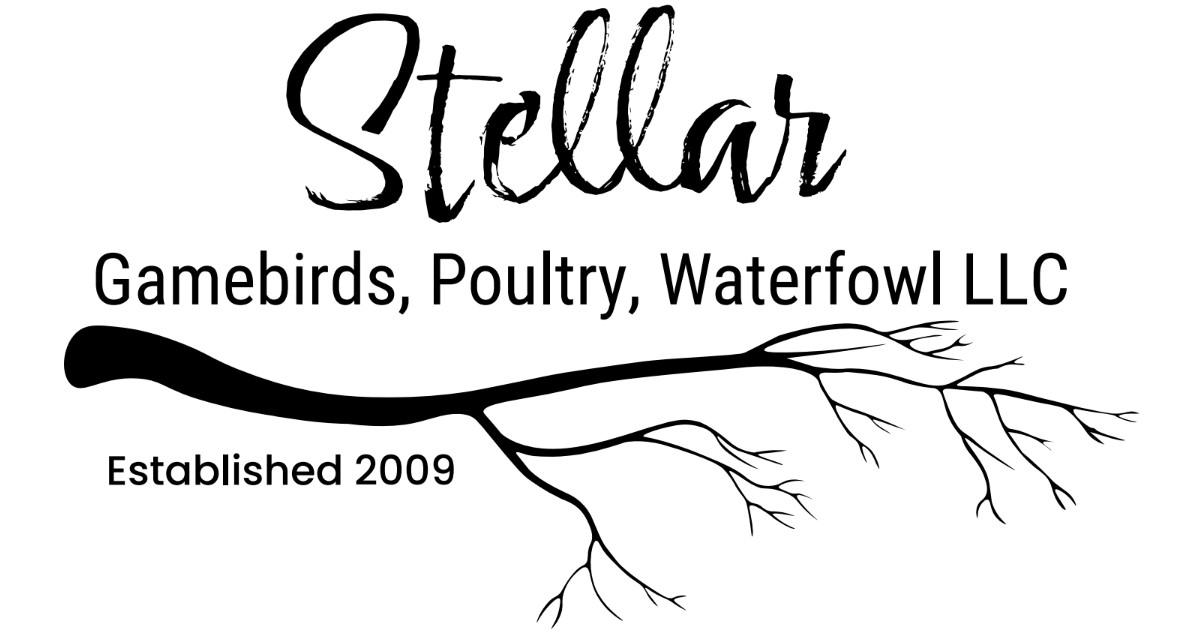In the annals of American agriculture, the Cotton Patch Goose stands out as a unique and invaluable breed. With deep roots in the Southeastern United States, these geese are not only a testament to the ingenuity of early American farmers but also a vital part of our agricultural heritage. Today, efforts by The Livestock Conservancy and dedicated breeders are helping to preserve this rare breed for future generations.
The History of the Cotton Patch Goose
The Cotton Patch Goose is one of the few domestic goose breeds native to the United States, with a history dating back to the early days of Southern agriculture. These geese were primarily used in the cotton fields of the Southeastern U.S., where they played a critical role in weeding crops. Unlike many other animals that might damage the plants, Cotton Patch Geese were known for their ability to eat the weeds while leaving the valuable cotton plants untouched—a trait that made them indispensable to farmers.
Named for their unique role in cotton cultivation, these geese became a staple on small farms throughout the region. However, with the advent of modern herbicides and changes in agricultural practices, the use of geese for weeding declined sharply, leading to a significant reduction in the Cotton Patch Goose population.
Characteristics and Appearance
The Cotton Patch Goose is a medium-sized bird, well-suited to a variety of farming environments. Some of the key characteristics of the breed include:
- Coloration: Cotton Patch Geese exhibit sexual dimorphism in their coloration. Males (ganders) are typically white, while females (geese) often have more coloration, featuring a mix of gray and white or predominantly gray plumage. This distinct difference in coloring makes it easy to differentiate between the sexes at a glance.
- Size and Build: These geese are medium-sized, with ganders usually weighing between 10-12 pounds and geese around 8-10 pounds. Their build is light and agile, reflecting their history as active foragers in the fields.
- Temperament: Cotton Patch Geese are known for their calm and friendly demeanor, making them easy to manage. They are generally docile and get along well with other livestock, making them a good choice for mixed farming operations.
The Various Lines of Cotton Patch Geese
Over time, several distinct lines of Cotton Patch Geese have developed, each with its own unique characteristics. These lines are often named after the families or regions that originally cultivated them. Such lines are James, Walker, and Sumrall.

In addition to these prominent lines, there are several other strains of Cotton Patch Geese maintained by dedicated breeders across the Southern United States. Each line contributes to the breed’s overall genetic diversity and adaptability.
The Role of The Livestock Conservancy
The Cotton Patch Goose is listed as a conservation priority by The Livestock Conservancy, an organization dedicated to the preservation of heritage breeds in the United States. Recognizing the critical role that these geese played in early American agriculture, The Livestock Conservancy has made significant efforts to raise awareness about the breed and support the work of breeders who are committed to its preservation.
As a heritage breed, the Cotton Patch Goose represents a living link to our agricultural past. The preservation of this breed not only maintains genetic diversity within domestic geese but also ensures that future generations can continue to enjoy and benefit from the unique characteristics that made the Cotton Patch Goose so valuable to early farmers.
Why Raise Cotton Patch Geese?
Raising Cotton Patch Geese offers numerous benefits for modern farmers and homesteaders:
- Natural Weed Control: True to their name, Cotton Patch Geese are excellent foragers, capable of providing natural and effective weed control in gardens, orchards, and pastures. Their ability to target weeds without damaging crops makes them an invaluable asset for those practicing sustainable farming.
- Heritage Breed Conservation: By raising Cotton Patch Geese, you are directly contributing to the preservation of an important American breed. Supporting heritage breeds like these helps ensure that our agricultural biodiversity remains intact, providing resilience and variety within our farming systems.
- Versatility: In addition to their weeding capabilities, Cotton Patch Geese are also valued for their meat and eggs. Their moderate size and efficient foraging habits mean they can be raised with minimal input, making them a practical and economical choice for small farms.
Challenges and Considerations
While Cotton Patch Geese offer many advantages, there are a few considerations to keep in mind:
- Predator Protection: Like all geese, Cotton Patch Geese need protection from predators, particularly at night. Providing secure housing and being vigilant are key to keeping them safe.
- Space Requirements: These geese thrive in environments where they have plenty of space to forage. Farms with ample pasture or fields are ideal for raising Cotton Patch Geese, as they allow the birds to roam and graze freely.
The Future of the Cotton Patch Goose
The Cotton Patch Goose is more than just a breed of domestic geese; it is a symbol of the ingenuity and resourcefulness of early American farmers. Today, thanks to the efforts of organizations like The Livestock Conservancy and dedicated breeders, there is hope that this unique breed will not only survive but flourish in the years to come.
By choosing to raise Cotton Patch Geese, you are not just adding a productive and versatile bird to your farm—you are also playing a vital role in the preservation of a breed that holds a special place in American agricultural history. As we look to the future, it is more important than ever to support the conservation of heritage breeds like the Cotton Patch Goose, ensuring that they continue to be a vibrant part of our agricultural landscape for generations to come.
Further Resources
Facebook Group- Cotton Patch Goose Society
The Book of Geese: A Complete Guide to Raising the Home Flock by Dave Holderread









